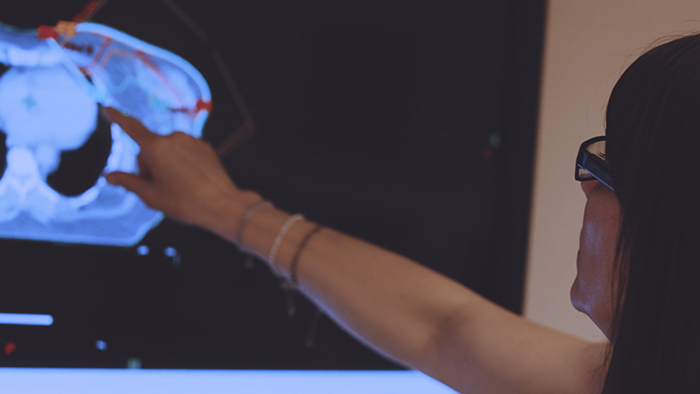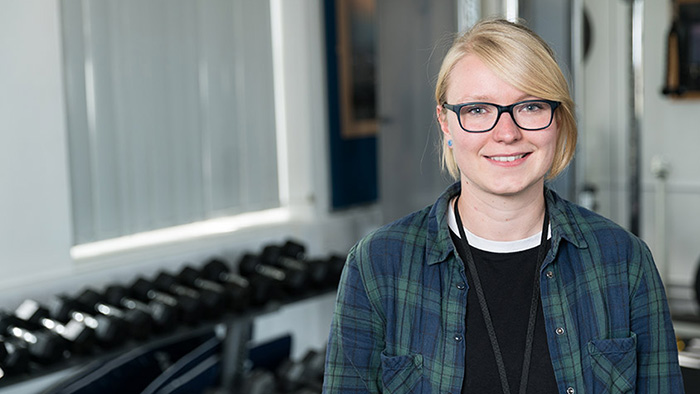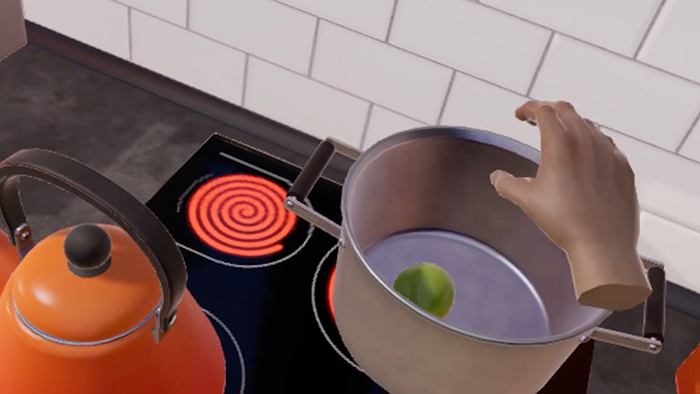About this project
Explore the people and organisations behind this research, and find related publications by the research team.
Research team
Professor Heidi Probst Heath Reed Andrew Stanton Keeley Rosbottom Dr Helen Crank Professor Karen Collins Kirsty Bryan-Jones Dr Omar Din Clare RobertsonResearch areas
Allied Health Professions Department Art and Design Research Centre Centre for Health and Social Care Research Lab4LivingRelated publications
The development of a device to immobilise the breast during radiotherapy: The SuPPORT 4 All projectFunding partners
Engineering for Life (EPSRC) National Institute for Health Research (i4i Programme) Weston Park Cancer CharityRelated courses
Our teaching is informed by research. Browse undergraduate and postgraduate courses with links to this research project, topic or team.
Get in touch
Find key contacts for enquiries about funding, partnerships, collaborations and doctoral degrees.
How could a specially designed bra help women with breast cancer?

About this project
Explore the people and organisations behind this research, and find related publications by the research team.
Research team
Professor Heidi Probst Heath Reed Andrew Stanton Keeley Rosbottom Dr Helen Crank Professor Karen Collins Kirsty Bryan-Jones Dr Omar Din Clare RobertsonResearch areas
Allied Health Professions Department Art and Design Research Centre Centre for Health and Social Care Research Lab4LivingRelated publications
The development of a device to immobilise the breast during radiotherapy: The SuPPORT 4 All projectFunding partners
Engineering for Life (EPSRC) National Institute for Health Research (i4i Programme) Weston Park Cancer CharityRelated courses
Our teaching is informed by research. Browse undergraduate and postgraduate courses with links to this research project, topic or team.
Get in touch
Find key contacts for enquiries about funding, partnerships, collaborations and doctoral degrees.





